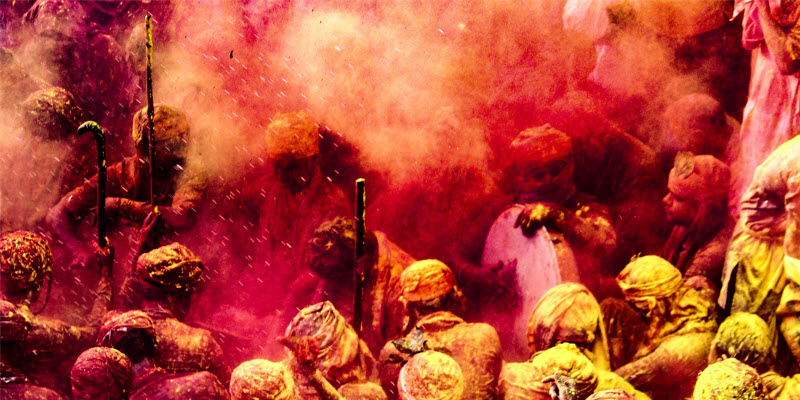Why Twitter’s rebrand has alienated the market

Karen Haller

If you haven’t seen it yet Elon Musk has rebranded Twitter, and the market isn’t happy about it.
It’s not unusual for companies to do a rebrand or a brand refresh after a change of ownership and they want to put their stamp on the brand, they feel they have an outdated identity or they are refocusing their brand strategy on a different target market. This happens all the time.
But it looks like Elon has missed a trick given the outcry from the Twitter audience who have been saying “what were you thinking Elon!?”
One of the keys point of re-branding is to reconnect or to strengthen your relationship with your target audience, but from a colour and design psychology perspective there are some key pieces he has failed to consider that are core to a successful rebrand.
Why the Twitter rebrand failed from a colour and design psychology perspective
Unlike regular rebranding, rebranding from an applied colour and design psychology perspective looks at what the colours and the design style used (including logo and wordmark) mean on an emotional and behavioural level from the inside out. So for Twitter, what likely impact is this change in colour and logo having on the audience and how they think, feel and behave?
If you look at Twitter before it was a happy, chirpy, chatty light blue bird logo that had soft curves which gave the feeling of being welcoming, friendly and social.
And now it’s gone straight to an oppressive, dominating black with a hard X icon.
From a colour psychology perspective, Twitter has gone from branding that encouraged the point of the platform which is to have light, engaging, fast form content. The brand colour and logo design elicited that emotional response and that behaviour.
It’s now gone to branding that makes us not want to do that.
It’s like a dark cloud has descended on the happy, chatty Twitterverse.
Why might Elon have done this
The thing a lot of people don’t realise is every colour has positive and adverse psychological traits. So what I see when it comes to rebranding, the people behind the rebrand i.e. the CEO, the company owners, only see and feel the positive side of the colours. What they fail to take into consideration are the adverse effects of the colours.
I pretty sure that Elon is connecting with the positive psychological traits of black which are innovation, cutting-edge, groundbreaking – all the things we associate with him and his ventures and what he wants Twitter to become.
What he’s likely to have failed to consider is the majority of those who showed their dislike and outcry for the rebrand is that they are connecting with the adverse psychological traits of black, which are the feelings of it being dark, heavy and oppressive.
These two quotes below from Twitter sum up the general reaction of the Twitter audience;
One comment said “The Twitter bird logo/brand represented a kind, welcoming, open light-hearted community. I think this new logo/brand is dark and sinister, overtly masculine, unwelcoming and threatening, not to mention rather self-obsessed.”
Another said “I don’t like this X business. It’s so negative. We are human beings who like birds. Not X’s to be cancelled out.”
If you don’t want to go the way of Elon Musk, then you really need to consider the impact that your rebrand will have on your target audience.
Here are three things for you to consider your rebrand will have on your target audience from a colour and design psychology perspective
1. Is the conscious message in alignment with the subconscious message?
We see colour before anything else, before shapes, words. And it’s colour that creates the emotional connection, the emotive hook. This happens on the subconscious level.
Then we read the words. This happens on the conscious level.
These two need to be in alignment, in harmony, i.e., the words need to back up what we are already feeling.
As human beings we are constantly calibrating for harmony. We can feel when something is out of alignment, we instantly know something is wrong even if we can’t consciously explain it.
When our message is out of alignment i.e. when our brand colours and design doesn’t match our words, you are giving mixed messages and making your potential customers confused.
And a confused mind doesn’t buy and that could be costing you the sale.
2. Colours have positive and adverse traits
The thing about colour, they can elicit a positive emotional response or an adverse emotional response depending on which one we connect with.
As I shared above with Twitter and Elon, sometimes CEO’s and company owners are only connecting with the positive traits of their brand colour/s.
What Elon is likely to not have taken into consideration is the people who are using Twitter and what they feel in response to the rebrand.
While he is feeling the positive traits of black, e.g. innovation, cutting-edge, the majority of Twitter users are feeling the adverse traits of black e.g. oppressive and heavy.
This is where market research is invaluable. I’ve supported a number of high-profile brands with market research and the feedback has saved them time and costly mistakes. Make sure you find out how your target market is going to respond to your potential rebrand
3. Brand design style has positive and adverse traits
Just like the point above, the design elements of your branding, so your logo, wordmark etc can also have both positive or adverse impact on your audience.
Again, this is something that Elon isn’t likely to have considered.
Elon has a huge love for the letter X. It appears across all of his companies and even in his child’s name. It’s clear that Elon has a huge affinity to the positive traits of X which in this context relates exploration and progress. He probably sees this as a real evolutionary step for Twitter.
However, what he’s not considered in the context of Twitter, are the adverse traits of X which the majority of the audience are feeling.
It’s not the symbol X that we have an issue with because we have shows like the X-Factor which creates excitement and a buzz. But in the context of Twitter, which is a light, fast paced, friendly, social space, the X is out of alignment.
That’s why there is an overwhelming backlash from Twitter users because the X cancels out that feeling they got from Twitter, instead replacing it with a feeling of heavy oppression.
Elon has well and truly kicked the bird out of its nest. Don’t make his mistake and ensure if you’re rebranding that you consider your design style in the context of your brand and your audience.
The future of Twitter?
I don’t have an inside line to Elon musk’s head, but if he bought Twitter, he would want it to continue, to succeed and play its role in our media sphere. But given what he’s done with the rebrand and the impact of the colour and the design he has chosen, I’m feeling they will have a detrimental effect on Twitter users the world over.
We can’t predict the future but unless the Twitter users can put aside their reaction to the ‘black oppressive X’ branding, we might see a lot less people using Twitter.
Let’s make sure your rebrand or refresh is a success. If you are looking to rebrand or and you don’t want to fall into the same black hole as Twitter, then that’s something I can help you with. Supporting organisations to create successful rebrands (or a brand refresh) that their audience responds positively to is something I’ve done for 15+ years. If you would like to know what we could do with your rebrand, then book in a call.
Colourfully yours,
Karen
Photo of blue bird by Roman Martyniuk on Unsplash.


